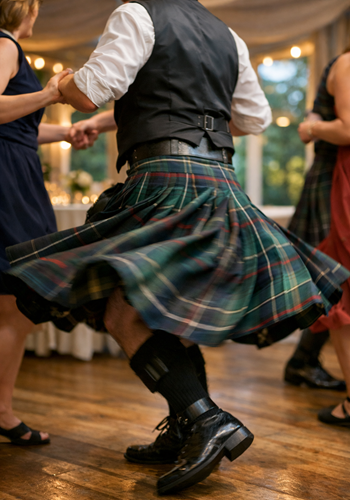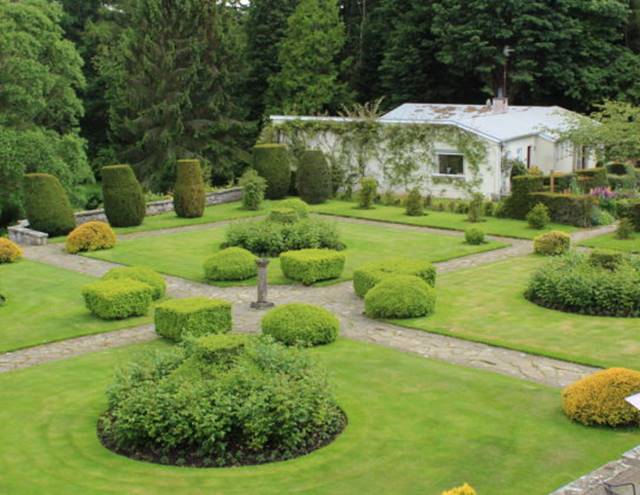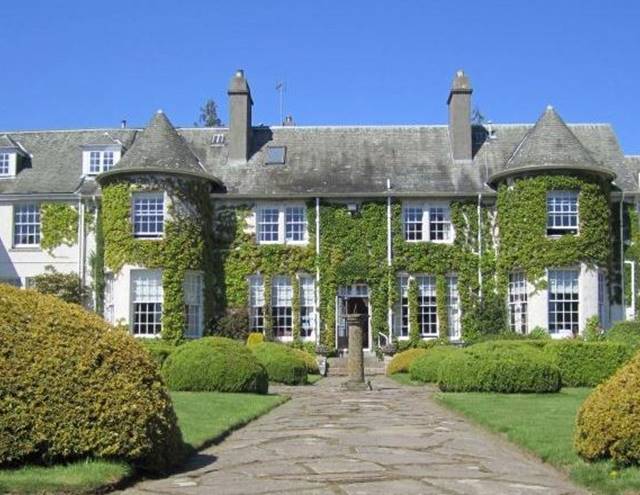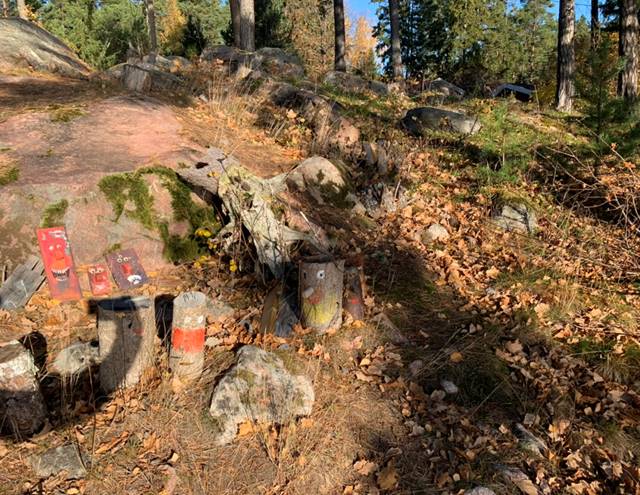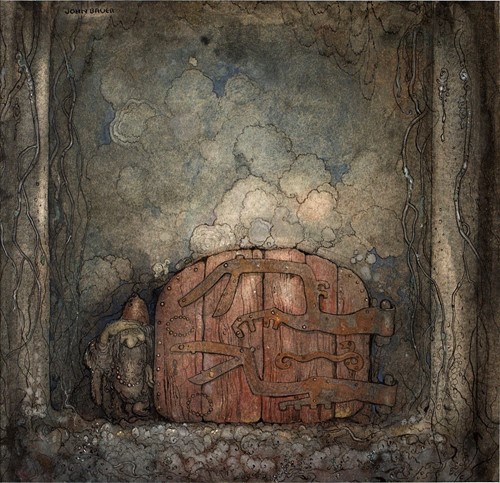
Once upon a time, in the early 13th century, on the island of Ljusterö in the Stockholm archipelago, lived a mysterious clan of trolls. Known for their deep connection with nature and their mischievous ways, these trolls had roamed the forests of Östra Lagnö on Ljusterö for centuries. They lived quietly, their laughter hidden within the rustle of leaves and the whisper of the wind. But as humans began encroaching upon their sacred woods, cutting down trees and disrupting the balance of nature, the trolls sensed their time on Ljusterö was ending.
One night, under a full moon that bathed the rocky shores in silver light, their leader, a tröllkarl named Storvinter, called the clan together. With heavy hearts, they climbed aboard their enthralled boats, made from hollowed-out tree trunks and sailed into the unknown. Guided by the stars and an ancient map that had been passed down through generations, they set their course for a distant land rumoured to be filled with vast forests and hidden places where magic still lingered: Scotland.
Weeks passed at sea, but finally, they reached the rugged shores of Fife, near the town of St Andrews. The rolling green hills, mist-covered cliffs, and the dense, enchanting woods reminded them of their homeland. As they explored, they stumbled upon a secluded woodland near a mystical estate that humans would one day call Ruch Flets - named for the rough, flat lands; it once was. The trolls knew they had found their new home.
For centuries, the trolls of Ljusterö lived quietly in the heart of this enchanted woodland. They burrowed deep beneath the roots of towering trees, danced under the moonlight, and spoke in soft whispers to the creatures of the forest. Though they were shy, keeping mostly out of sight, their mischievous nature couldn’t resist the occasional prank on wandering humans who ventured too far into their domain.
Over time, the estate, now known as Rufflets, grew into a place of peace and beauty, its gardens flourishing in ways that puzzled human gardeners. What the visitors didn’t realize was that the Ruffleskoggen Trolls - descendants of the Ljusterö clan - still called these woods home. Their playful spirit became legendary among locals. It is said that if you stray too far into the forest, you might hear soft giggles or catch a glimpse of tiny footprints that vanish into the earth as quickly as they appear. Some believed that the trolls played a hand in the estate’s flourishing gardens, helping the flowers bloom in ways no human gardener could achieve.
Even today, if you visit Rufflets at dusk, when the last light of the day fades and the woods begin to hum with life, you might feel the presence of these playful, ancient creatures.
The Ruffleskoggen Trolls remain as playful as ever, watching over the estate with a mix of curiosity and mischief, ensuring their presence is felt but rarely seen. Their tale has become woven into the very fabric of St Andrews’ folklore, a testament to the enduring spirit of these magical creatures who sailed from Ljusterö to find a new home in the heart of St Andrews.
Recently, children visiting Rufflets have reported sightings of small, playful troblin-like creatures darting between the trees near the hotel’s woodland suites. Whether these are figments of their imagination or the playful antics of the Ruffleskoggen Trolls remains a mystery…
Logie* Cassells (Rufflets’ human head gardener) offers guided sightings to selected children doing sleep overs at Rufflets with their parents.
* Among the Viking gods, no single deity represents or symbolises fire. Instead, it is a Jötunn (a giant in Norse mythology) named Logi who personifies fire. The Jötunn are most often depicted as a cosmic race of fearsome giants who are, in the main, adversaries of the Norse gods. However, not all Jötunn are hulking symbols of evil. Some are cunning, wise, and symbolically powerful, like Mimir, who guards the well of knowledge at the root of Yggdrasil – the Norse tree of life that connects the cosmos. Logi is one such Jötunn.
